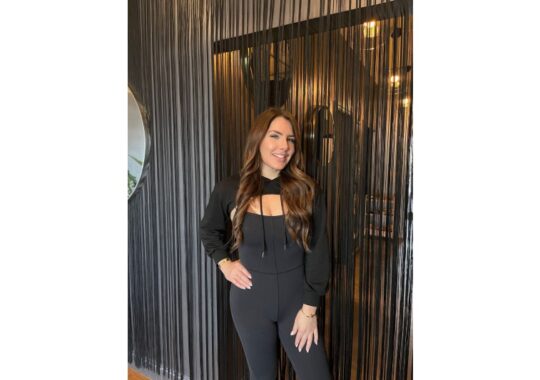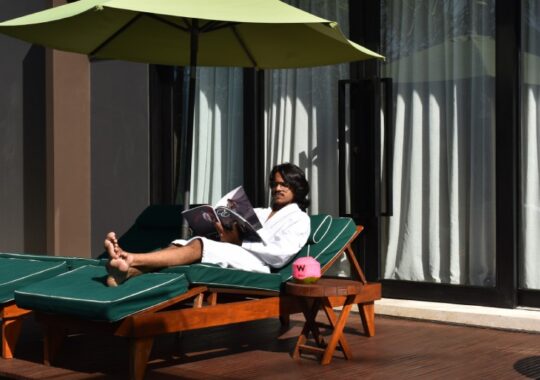7 Creative Adjustment Solutions That Help Others!
1. Limit structures. If you are recording an album, you need to have a few original sounds as the overall color of the album. The same goes for every song. Try to identify between three and six elements and do your best not to get help from anything else. This helps you push your limits and try new things on the same instruments, along with a solid setting. I repeat; Today, with countless virtual instruments and a bank of sounds, musicians may constantly overlook their good ideas when tuning in to new sounds. For example, if you are making a rock song, you can first write: drums, rhythm guitar, lead guitar, bass guitar, synth, vocals. Try to implement all the ideas on these structures first, if something is missing, other structures can always enter.
2- Adventure on a tool we do not know. Sometimes playing on our usual instrument limits our ideas to repetitive and tedious cycles. Playing an instrument that you have played less of, or buying a new instrument that you do not know how to play, can be a positive thing. If you always play in certain steps, this time go for steps and keys or keys that you do not have complete control over. It makes you even create something exciting by chance. The same goes for presets. Unknowingly, we go on adventures with the buttons and settings, and sometimes we give a chance to sounds that we did not consider before. On the pre-set settings, try to change that sound to new shapes and add a color to the song for which we did not have a predefined program.
3- The structure of the song can be determined first. Some musicians, in order not to get lost in the tuning process, first specify the main instruments on the host software, then, as they have in mind, create a space for each instrument to know that the instrument should play something at that point. Also, with the help of coloring the structures, they differentiate them from each other and from the beginning, they put the road map in DAW in front of the eyes in a simple way. Then it’s time to record or fill in the blanks. An idea that not everyone may be comfortable with, but it is an option that can take us out of the usual cycle. For example, in the final part of the song, we expect the keyboard to be solo. Before recording it, we can open a midi crack and open the space in its own color within the range we have specified. Now when we record other instruments, we know that a keyboard solo is going to be played at that point later.
4- Dynamic! It is important to pay attention to the dynamics of the song, especially in popular music such as pop, electronic and rock. We usually unconsciously learn it from songs we have heard before. But we do not always pay attention to dynamics. That this song is supposed to have a sinusoidal shape? Or, like Post-Rock songs, slowly but surely go to the top? Is it not possible to put moments of silence and ambient sound after the course of the song? Or maybe for the first moments of the piece, the sound we did not think about at all can be used as a space. Paying attention to the dynamics there sets the tone for being more creative, giving musicians different options at different levels of the song. We can do a lot in peak moments, as well as in moments of calm, in moments when the rhythm is the focus of the piece, or in moments when the instruments are to be played in such a way that the listener feels that something special is about to happen.
5- Think about the next session! This one is a suggestion for a bit of positive clutter, especially for those working on concurrent projects. Every time we work on tuning the song, we add ideas, but when you get bored and want to finish and relax the tuning session, leave some work to start the next song. In Recorder or Vocal Recorder you can not clean the last files, or in media recorders, leave your last attempt unmodified. The next time you start, you start modifying the files and get back on track, but when we get back to setting up a part-time job where nothing but creativity can be done, we say to ourselves, “Well, “What should I do now?”
6- Automation, penning and processing tools Automation is a very powerful tool for creativity in music. Just master the list of elements that can be changed with automation, after which each sound can show different shapes during the song, this way the sound character is preserved and on the other hand, more dynamism and coloring is induced in the audience. You can give a new shape to the works with creative penning. Penning is not always supposed to be done as recommended. What if you double the singer’s voice and place it on the left and right side of the stereo interval? Examples of this can be found in songs by Radiohead or Elliot Smith. The band Red Hot Chili Peppers in the famous song called Snow, completely turned the electric guitar in the direction of Pan, so that I remember one of the bands of my car was broken and the sound of one of the most famous guitar riffs in the world was completely removed from the song! (wink) Sometimes too much processing can be done. Ordinary sound can be turned into a new sound with too much compression. In the comprehensive Art-Show composition and arrangement training course, we tried to talk in detail about all these powerful tools. For example, a strange EQ can be performed to vary the boring sound, so that the nature of the sound changes; And I hope you, like me, have experienced converting guitar sound to pads using Reverb too!
7- Some things should be left to chance. These golden moments sometimes occur in harmony. The moment when, randomly and without planning, two people play something that creates a captivating, beautiful, and fresh harmony, a creation that may not have been achieved through planning and writing. Because none of us were looking for such musical distances. Give yourself and your song the same chance when tuning. Play the instrument, hear its sound in another German, let an accident you do not think happen and be surprised. Line times are recorded that create a special and unique harmony with another line, we happily try to play both lines cleaner this time and follow exactly the same notes, but surprisingly it does not create the previous feeling and the previous pleasure. This is one of the beauties of music. Art resists being “tamed,” hoping the artist will do the same.





